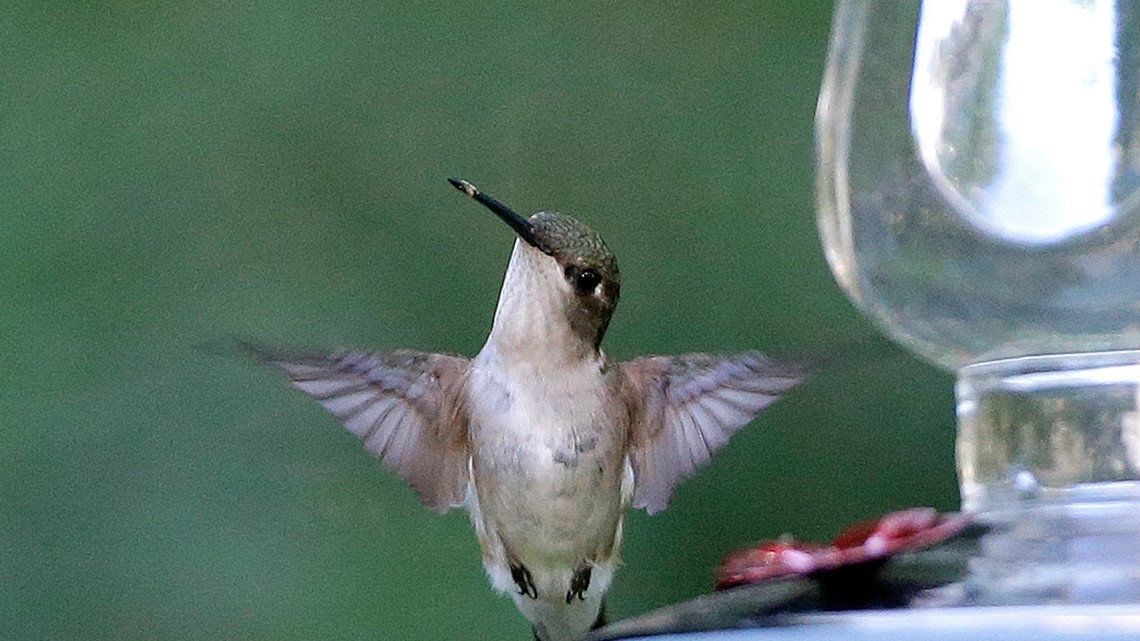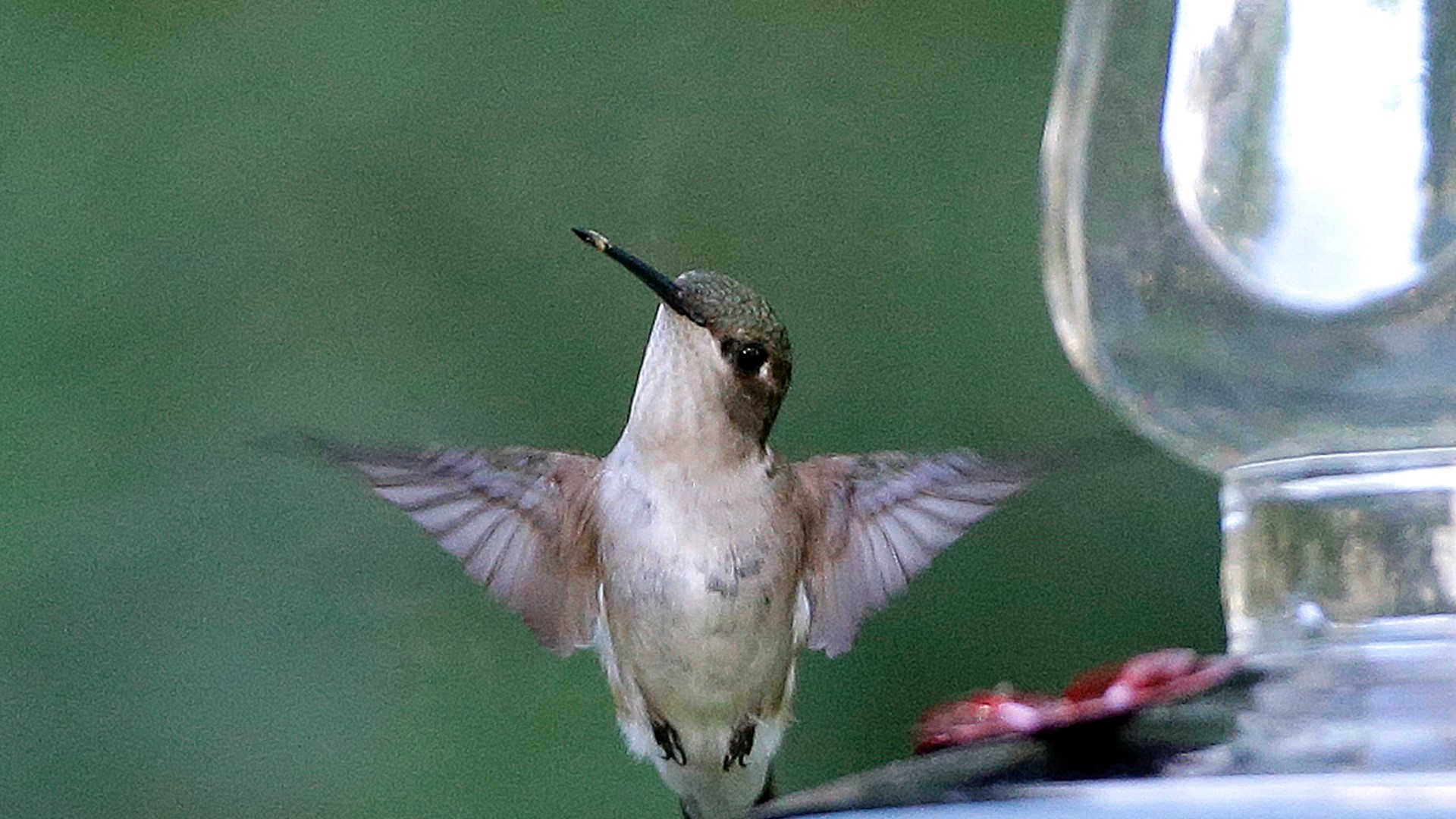WASHINGTON — Billions of cicadas have emerged from the ground to celebrate their 17th birthday. But a viewer in Silver Spring, Maryland was wondering, if someone's missing from the party.
"Is the current onslaught of cicada interfering with the return of hummingbirds to this area?" James Owens asked.
Our Verify team checked it out.
THE QUESTION
Did the emergence of cicadas delay the hummingbirds from appearing in D.C., Maryland and Virginia?
THE ANSWER
No, or experts say cicadas and hummingbirds have nothing to do with each other, plus hummingbirds emerged several weeks before the cicadas.
OUR SOURCES
- Robert Mulvihill, Ornithologist at the National Aviary
- Kevin McGowan, Ornithologist at the Cornell Lab of Ornithology
- U.S. Geological Survey: "North American Breeding Bird Survey"
WHAT WE FOUND
Both our experts agreed that Brood X hasn't delayed the hummingbirds. In fact, the hummingbirds were here first.
"I'm in upstate New York, and we typically think of hummingbirds are here by Mother's Day," Kevin McGowan said.
Robert Mulvihill agreed that hummingbirds emerge in the spring.
"The males precede the females by at least a week, and they arrive in about the middle of April, perhaps early April in Washington, D.C." Mulvihill says. "They're present for the whole breeding season, which lasts until about the middle to end of July."


"There's only one species of Hummingbird that breeds east of the Mississippi and that's a Ruby-throated Hummingbird," McGowan said.
Our Verify researchers looked at data compiled by the U.S. Geological Survey. According to their North American Breeding Bird Survey, which tracks bird sightings by species and region, the ruby throated hummingbird population hasn’t significantly declined in Maryland and Virginia.
Between 2015 and 2019, the bird count fluctuated between 45 and 84 sightings in Maryland and between 34 and 57 in Virginia.
"Many of my Hummingbird questions come right at this time of year, because due to the sort of the natural behavior of the hummingbirds, they go from being present at feeders and in gardens to seemingly absent and people call me and say, 'What happened to the hummingbirds?'" Mulvihill said.
Mulvihill explained there’s a bit of a wave. After the males are done mating, they fly south in the middle of June; meanwhile, the females are returning to feed their young and then when the mothers and baby hummingbirds all fly south, it creates a second wave.
So while you might not have any birds, your neighbor might have tons.
Our experts say the commonalities between hummingbirds and cicadas begin and end with being really small (only a few grams) and buzzing across the DMV. They don't compete for food.
"Hummingbirds have no relationship to the cicadas and vice versa,” Mulvihill said.
So we can verify, no, the cicadas haven’t scared off the hummingbirds. Our experts say if you want to see more of them, put up a hummingbird feeder or plant some bright red flowers, like the Cardinal Flower, before they fly south in September.

